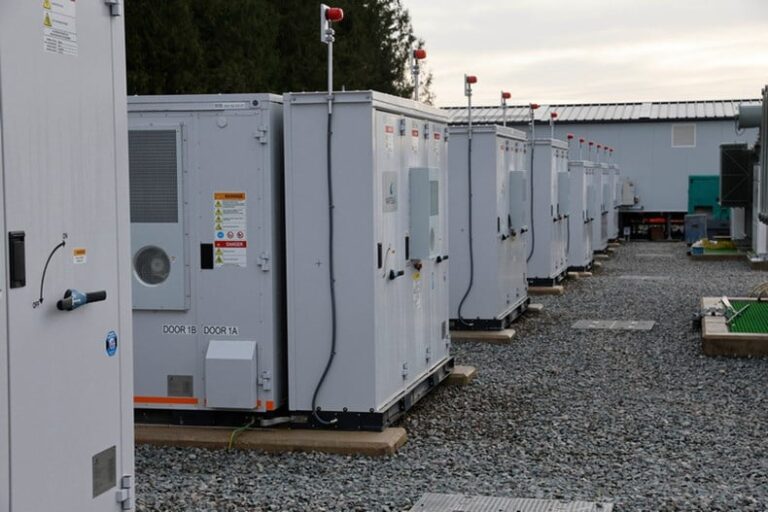Energy consultancy Cornwall Insight has predicted that battery storage capacity in Ireland’s short- to medium-term domestic electricity market (SEM) will increase fivefold by 2030.
Cornwall Insight’s SEM Benchmark Power Curve sees “significant growth in battery storage”, predicting that short- and medium-term lithium-ion battery storage capacity, with a duration of up to 4 hours, will reach 13.5 GWh by 2030 , compared to 2.7 GWh in 2025.
According to the consultancy’s forecast, batteries could discharge up to 5 GW at any time in 2030.
Principal advisor at Cornwall Insight, Lisa Foley, said the predicted increase in battery capacity shows that the Irish government’s battery framework is “certainly doing its job”.
Yet concerns remain over whether both Northern Ireland and Ireland will meet their respective targets of obtaining 80% of electricity from renewable energy sources by 2030. Foley continued: “Batteries are just one piece of the decarbonization pie. Unfortunately, while renewable technologies are growing, they are not keeping pace with the levels needed to achieve the 2030 renewable energy generation targets.
“Rapid action on planning and policy improvements is needed to unlock the full potential of our renewable resources and keep pace with our climate goals.”
Data from Irish grid operator EirGrid shows that renewables provided 40.4% of total Irish electricity demand in October. Electricity-scale solar generated 52 GWh of electricity, well above the 32 GWh of October 2023 and accounting for 1.8% of October’s electricity. Diarmaid Gillespie, director of systems operations at EirGrid, pointed out that Ireland had no solar power on the transmission system at all “as early as 2022”.
Eirgrid is also responsible for the electricity grid in Northern Ireland through a separate, independent entity, and these figures refer to the Republic of Ireland only.
Market research from Solar Media shows that the total operational energy storage capacity in Ireland is over 700 MWh, of which 36 MWh comes from co-located storage capacity with solar sites. The storage capacity next to the solar market has a pipeline of 1.5 GW/2.4 GWh, which is steadily increasing.
While the company’s near-medium term outlook for battery storage is positive, Cornwall Insight has warned that a ‘policy vacuum’ for long-term energy storage (LDES) in the country is threatening Ireland’s renewable potential. LDES is seen as key to balancing the grid’s growing renewable generation, such as wind, over several days rather than just hours once their share of the load reaches a critical mass. As such, the technology is seen as a crucial part of Net Zero.


